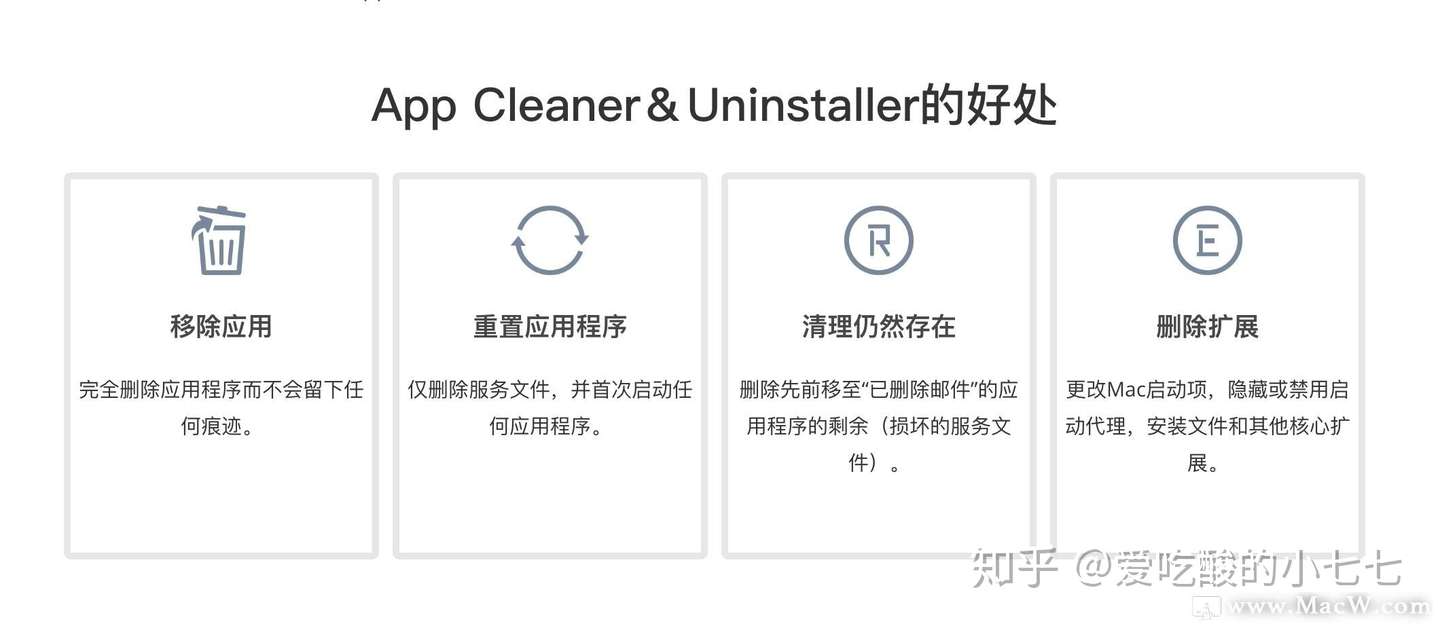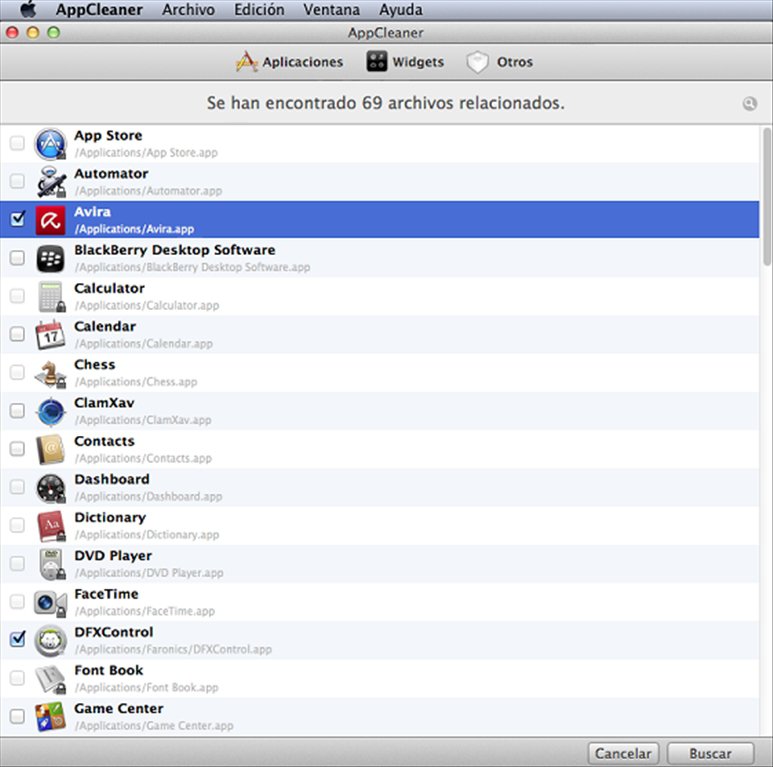
- #App uninstaller for mac # 2 – app cleaner install#
- #App uninstaller for mac # 2 – app cleaner full#
- #App uninstaller for mac # 2 – app cleaner trial#
We’ll be covering the process on Windows as well soon enough, but until then, you can check out our recommendations for the best laptops and the best 15-inch laptops. But many users still prefer Windows for various reasons. Mac does make things simpler than what you would have needed to do on Windows. It knows what to remove and does the heavy lifting, so you don’t have to. But using AppCleaner and Malwarebytes removes a lot of the risk. You may very well end up messing up your computer, necessitating a complete system reset. Obviously, it goes without saying that you should never delete something if you are not 100% sure what it does.

#App uninstaller for mac # 2 – app cleaner full#
Then give Malwarebytes full disk access to your Mac and start the scan. You can easily downgrade to the free version after this has expired.
#App uninstaller for mac # 2 – app cleaner trial#
The program will push you towards a paid premium version but just say no and it will grudgingly give you a 14 day Premium trial period instead. AppCleaner will likely not catch it so you will have to turn to Malwarebytes. outside the app store), you might end up with some malware on your system.
#App uninstaller for mac # 2 – app cleaner install#
That’s why if you carelessly install something dodgy (i.e. Look For Malware & Spam Files With MalwarebytesĪlthough Windows is more of a higher target when it comes to spam and malware, MacOS is starting to get its fair share too. So if you have a particularly annoying plugin that you can’t completely remove from your system, let AppCleaner handle it for you. You can also remove widgets and plugins directly from AppCleaner. For some apps, you may have to confirm this removal with your administrator password. Make sure all of the boxes on the left-hand side are ticked then click “Remove”. This will open up AppCleaner and give you a complete list of all the files associated with that app. Then when you want to uninstall something, drag the app’s icon from Applications down to AppCleaner in the Dock. The best thing to do is pin the AppCleaner icon to your Dock. I have been using this for years and it has never let me down once. Use AppCleaner To Automate The Processįor a thorough cleaning out when uninstalling an app, look no further than the free AppCleaner app. Here are two methods to try and delete those needless trash files to free up more space on your Mac, and keep it running smoothly.


These would be apps such as Chess, Launchpad, Mission Control, and everything in the Utilities folder.Īlthough dragging an app to the Trash removes it from your Mac hard drive, it can still leave temporary files and other detritus lying around which can clog up the MacOS pipes in the long term. Protected apps are unable to be uninstalled as MacOS considers them essential to the smooth running of the system. This is assuming though that the app in question is not “protected”. On a Mac, you simply have to drag the program to the Trash bin (and enter the administrator password in some cases). On Windows, you have to open up the uninstallation part of the program and wait for it to uninstall. One of the good things about a Mac is that when you want to uninstall a program, it’s much easier than Windows.


 0 kommentar(er)
0 kommentar(er)
